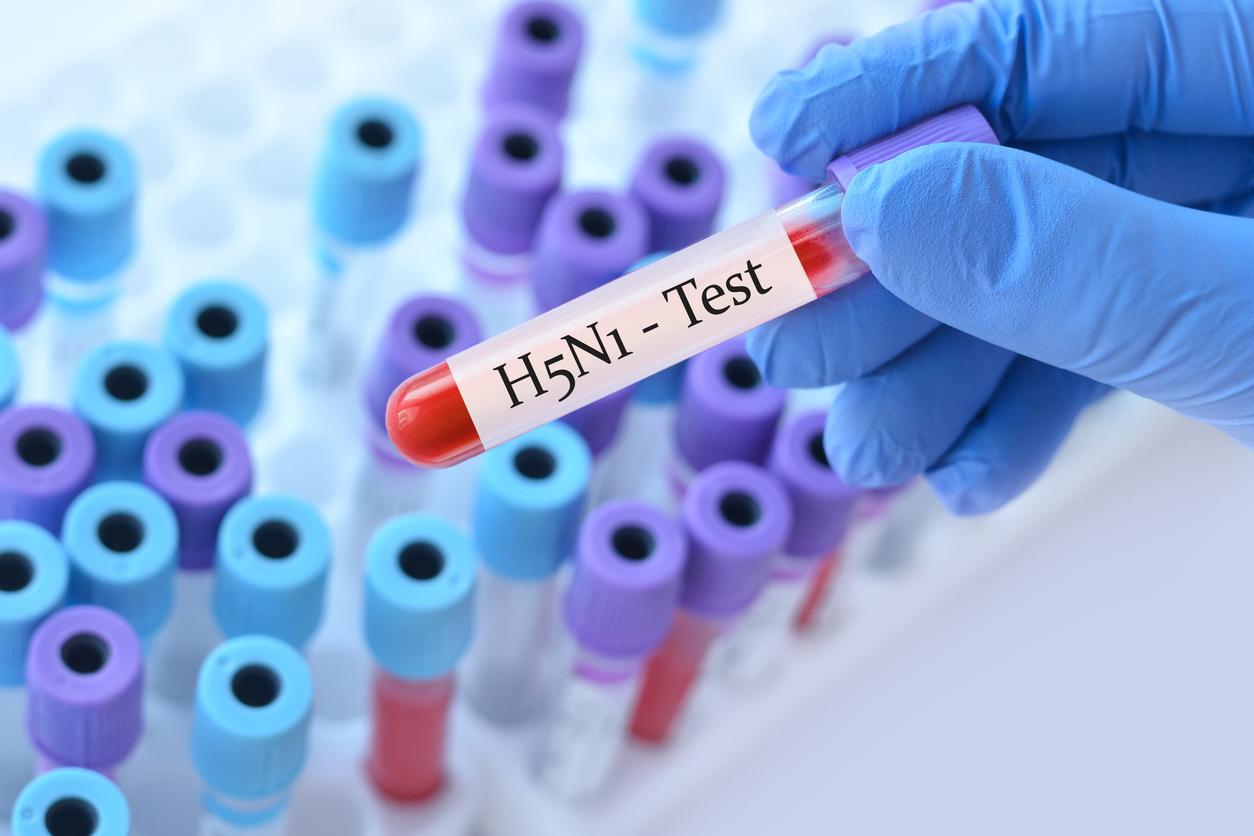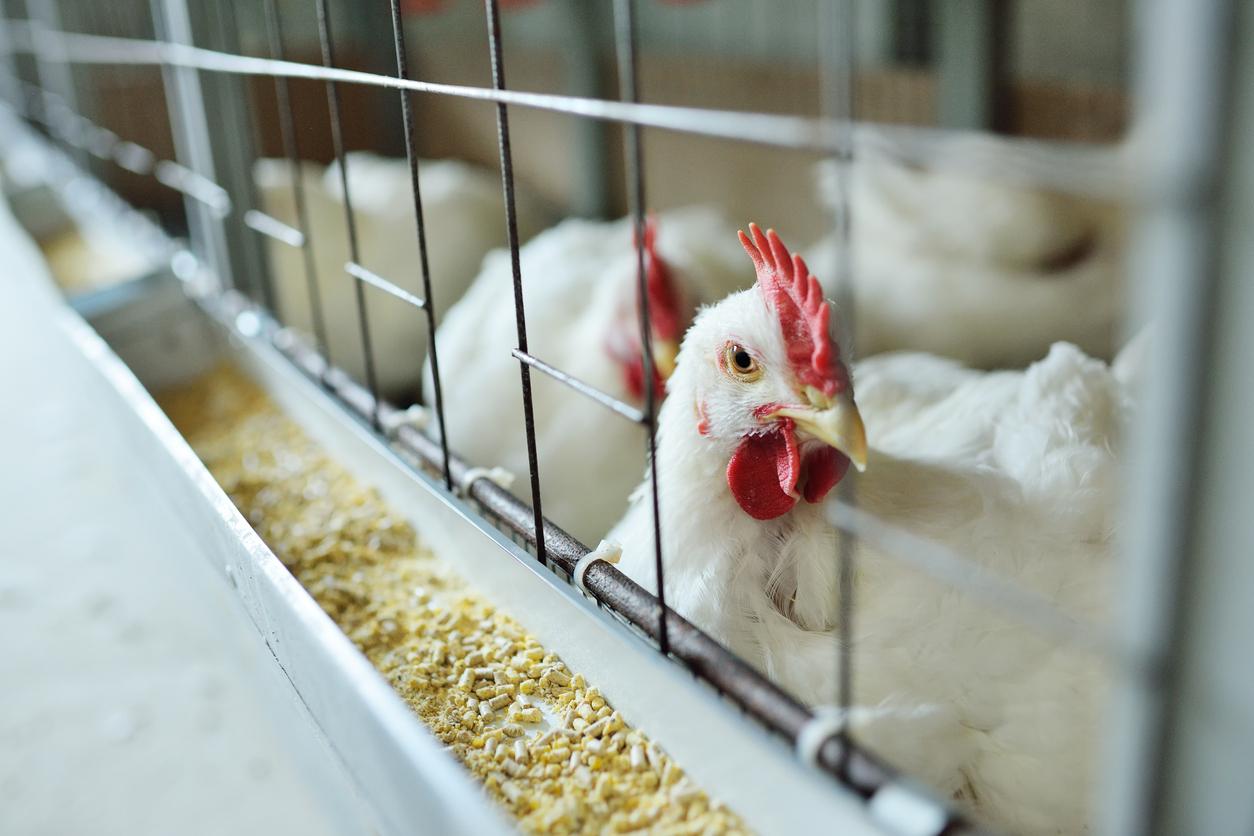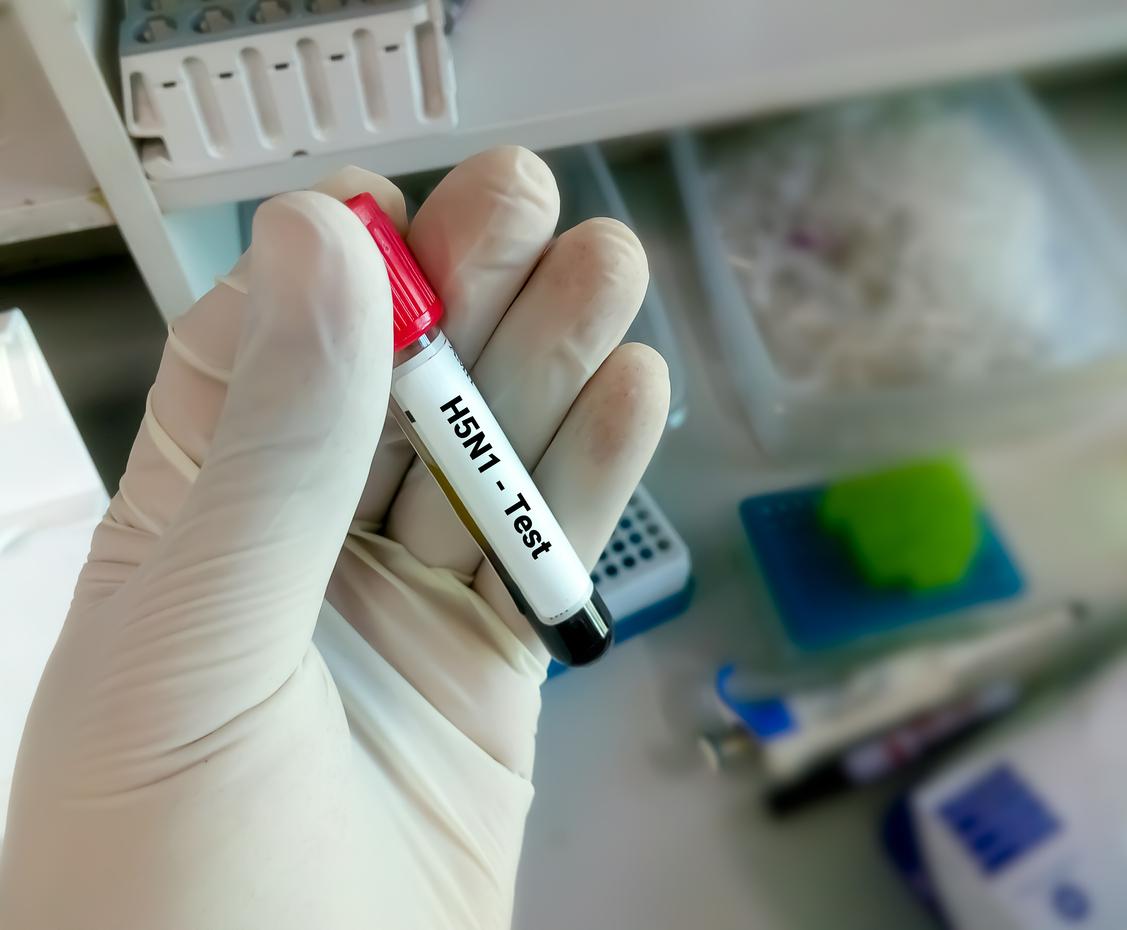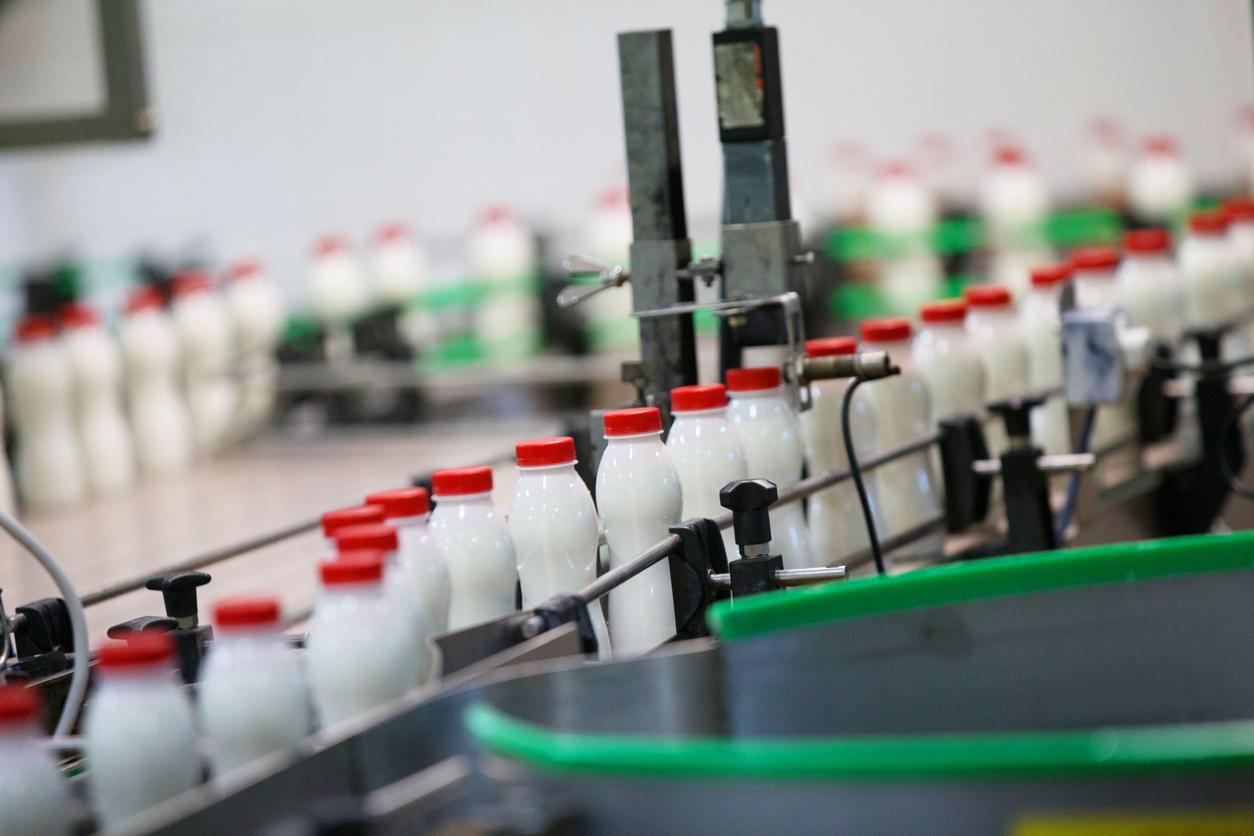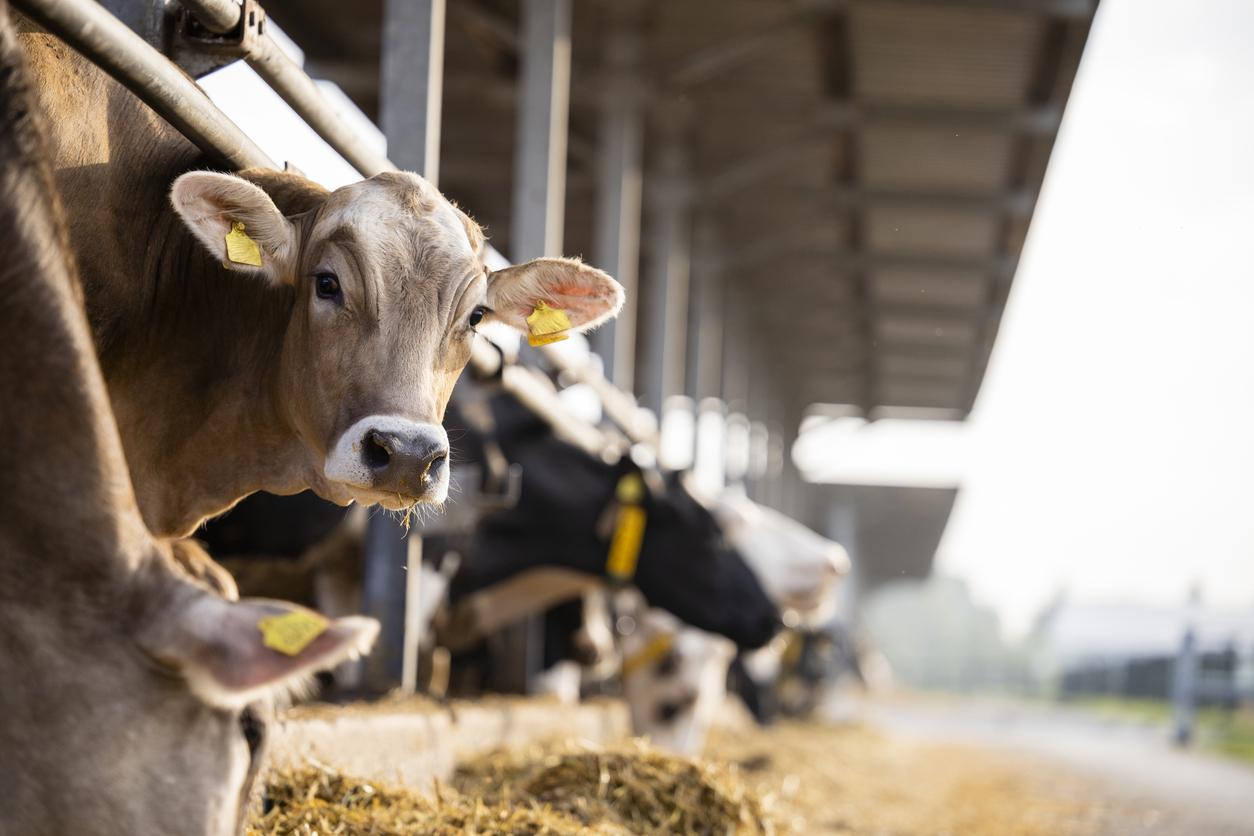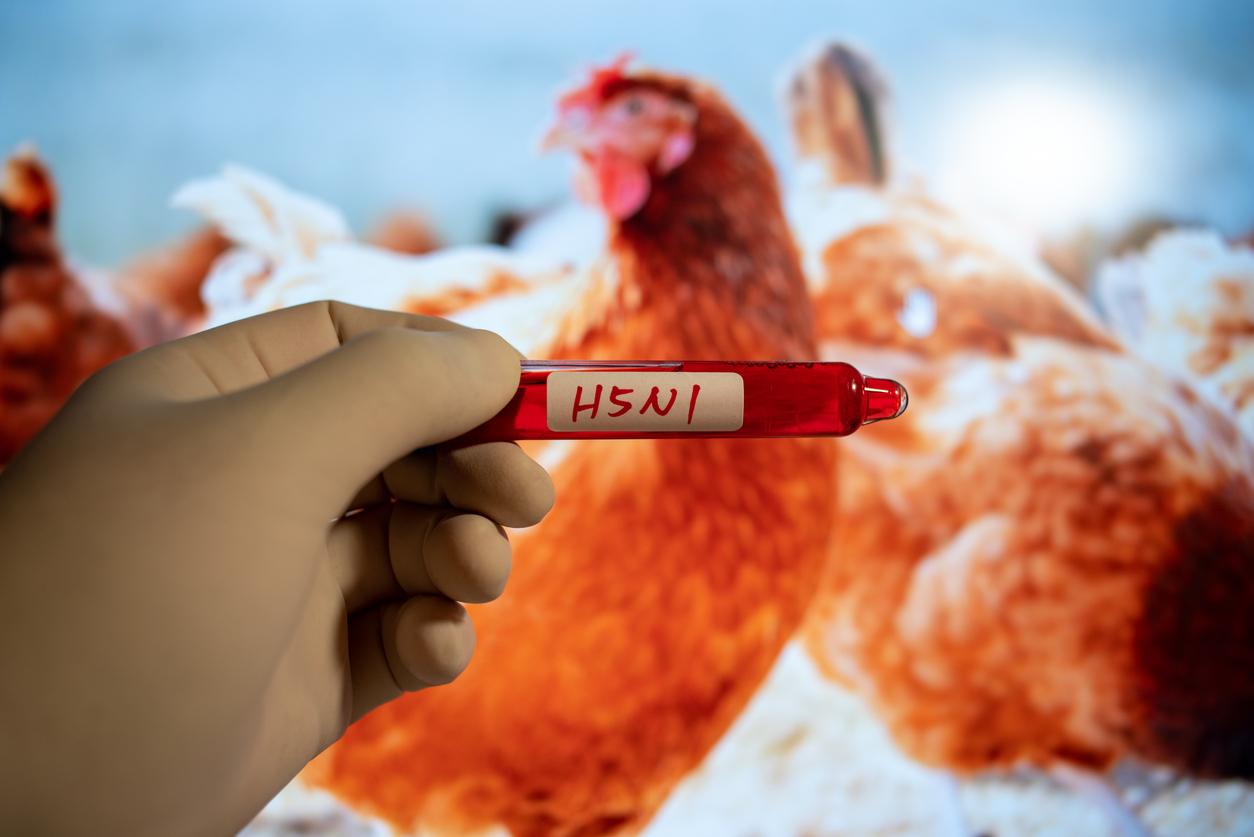A low virulence avian influenza virus was detected at the end of November in a poultry farm in Portugal. Without delay, the country took all measures to avoid contamination.

After Asia, bird flu is affecting Europe. According to Agence France Presse (AFP), the presence of this virus was detected at the end of November in a poultry farm in Mertola in southern Portugal. The announcement made this Thursday by the Portuguese Ministry of Agriculture actually concerns 63 farmed chickens. To avoid contamination, all poultry were slaughtered and a one-kilometer security perimeter was established around the family poultry farm located in the Alentejo region. Faced with this threat, the Portuguese authorities are reassuring.
A low virulence H7 virus
Poultry was not to be marketed and was intended for purely private consumption, the ministry said. The discovery of this case was made on November 28 during a routine check carried out by veterinary authorities. The Director General of Health, Francisco George, clarified that it was a type H7 virus of “low virulence”. “In Portugal, there is no sign of transmission to humans concerning this strain of virus,” he assured in statements to the Lusa news agency.
As a reminder, since February 2013, 139 human cases of avian influenza have been reported to the World Health Organization, including 45 fatalities. China seems to be the source of many cases: last April, Taiwan reported its first human case. A man was infected after a business trip to eastern China. The best-known strain of avian flu, H5N1, is also wreaking havoc: the WHO identifies 633 contaminations in 15 countries between 2003 and 2013, of which 377 resulted in the death of patients.
Last alert dated before Portugal, on December 3, when seventeen people were placed in quarantine in Hong Kong (China). The country’s authorities had suspected contamination with the H7N9 bird flu virus due to “close” contact with a domestic worker who is currently hospitalized. This Indonesian woman is the first human case of the flu in the city. Eventually, the tests on all 17 people came back negative.
.









